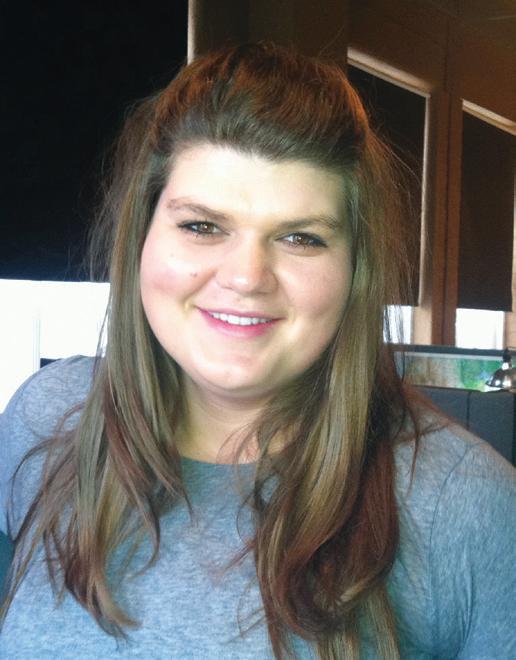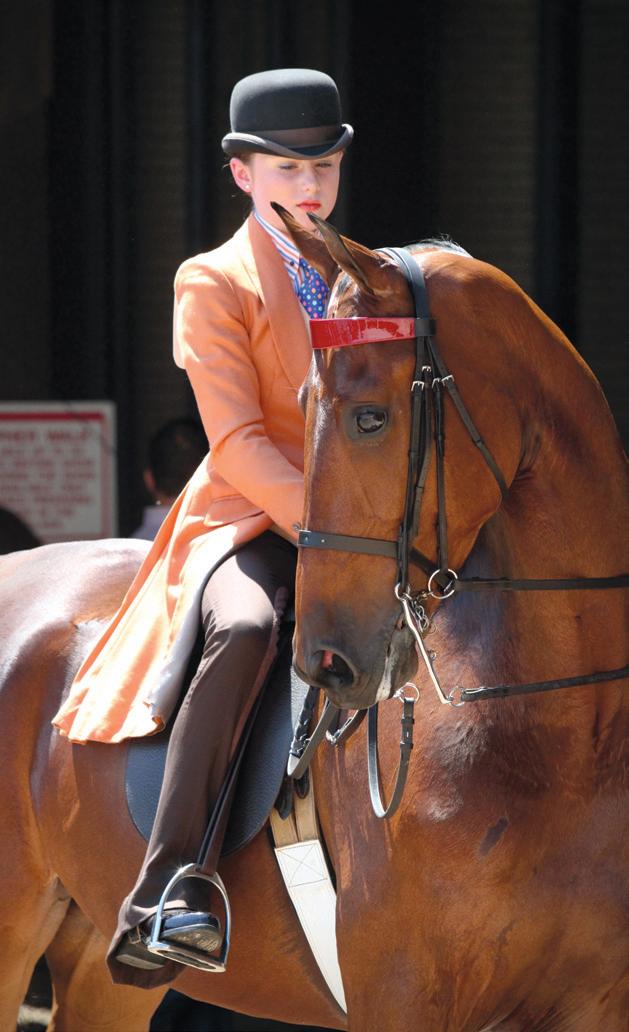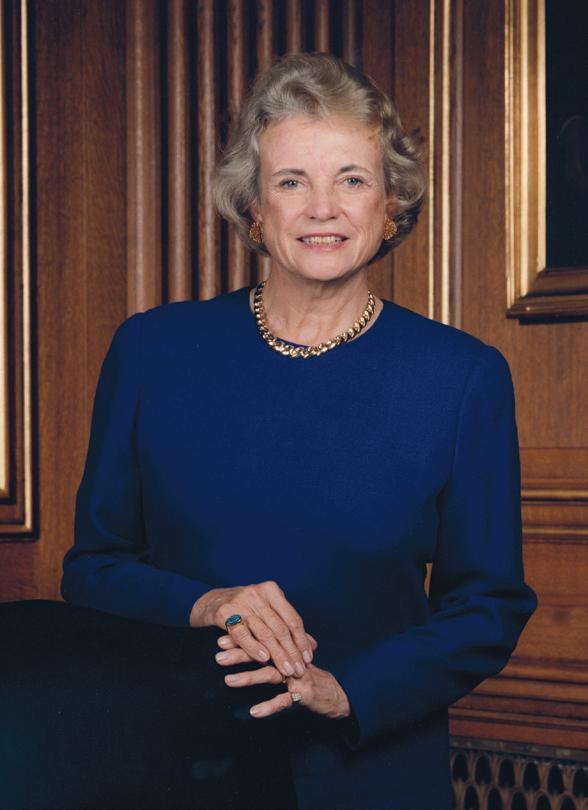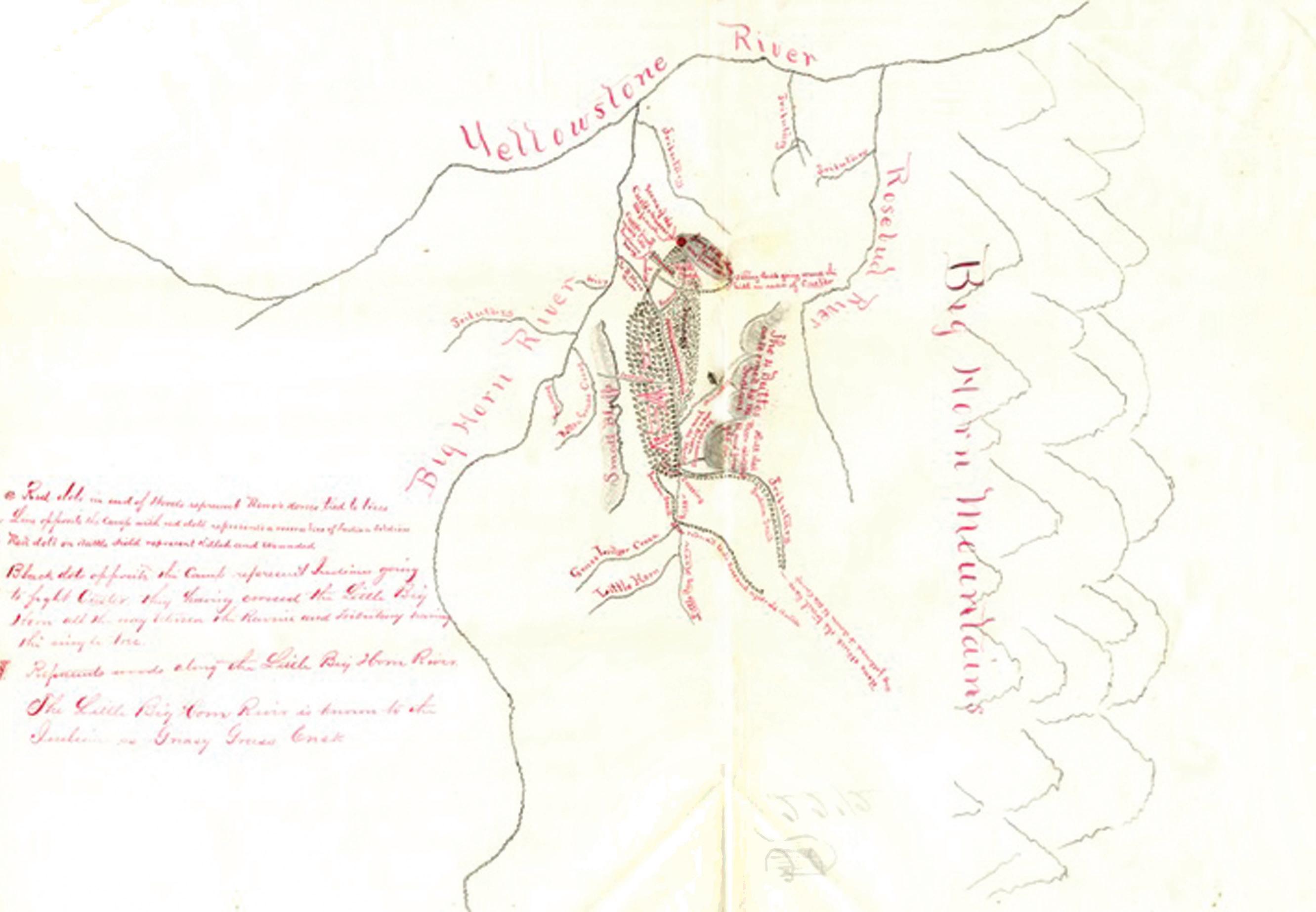H I S T O R Y
L E S S O N
Comanche, Equine Survivor of Little Bighorn
O
Not every tale is told in the history books. Here is the true story of Comanche, the only survivor found at the battle site of Custer’s Last Stand. By Nancy Norton, Executive Editor
n June 25, 1876, General George Custer led a detachment from the US Army’s 7th Cavalry into battle near the Little Bighorn River in eastern Montana Territory. Many of the soldiers of the 7th Calvary came from Ft. Riley, Kansas, including one by the name of Captain Myles Keogh. Before he left Kansas for the Territories, Captain Keogh paid $90 for a horse named Comanche. Only one of them would return to Kansas. The outcome of the Battle of Little Bighorn is known to most: every soldier with Custer was killed. The 268 dead included Custer, two of his own brothers, his brother-in-law, and a nephew. It did not include the horse named Comanche. Comanche was found in a ravine two days after
the battle. The horse had 20 bullet wounds, and was desperately close to death. His rescuers were
16
l
H ORSEANDACADEM Y. CO M
dedicated to tending his wounds, and Comanche made a full recovery. Officially retired from active service, Comanche lead ceremonial parades and served as a symbol of Custer’s “last stand.” He lived with the 7th Cavalry until his death in 1889. At Comanche’s death, officers of the 7th Cava u gu st 2 0 1 2
alry asked Lewis Lindsay Dyche, a naturalist and taxidermist from the Kansas University Mu-
huge crowds to the Kansas Building. Comanche returned to the KU Natural History Museum, where he has remained since. Starting in 2005, museum staff spent a year carefully restoring Comanche. Visitors to the museum were able to watch the restoration process through a “window” into the workroom. You can now visit the restored Comanche in his remodeled and expanded space Comanche in 1887. Photo: public domain image. on the 4th floor of Dyche Hall seum of Natural History, in KU’s Natural History to preserve Comanche. Museum in Lawrence, The preservation process Kansas. This remarkable took Dyche four long horse represents an imyears. At the end, the portant chapter of our Army balked at paying country’s history. Stop Dyche his $400 fee. and see Comanche next Dyche waived his fee, time you visit the area. and the University kept For more information: Comanche. The mount w w w. n a t u r a l h i s t o r y. was then put on display ku.edu. n at Chicago’s 1893 world’s fair, where he drew







